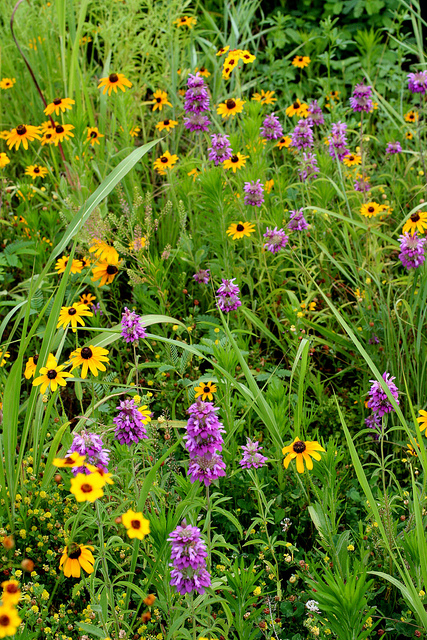Landscaping with native plants can help stabilize the soil and protect water quality. Dig it:
Trees and other plants are nature’s water purifiers. Their roots prevent erosion. And when it rains, they slow runoff, so it filters into the ground.
But when landscaping for clean water, not all plants are equal. Cheryl Nenn of Milwaukee Riverkeeper says native species need less water and fertilizer, and help stabilize the soil.
“The root systems of those plants work really hard for you,” says Nenn. “Sometimes the root systems of those plants can be two or three times deeper than the above-ground plant.”
Their roots may be long, but native plants are not short on beauty. Nenn says favorites in her region include black-eyed Susans and asters.
One cool takeaway: Even a gorgeous garden can be part of the solution to water pollution.
Take action:
- Contribute to cleaner water by installing a rain garden with tips from Wisconsin DNR
- Discover where to find native plant nurseries in your area and how to build native landscapes through PlantNative
- Learn how to create a landscape plan to better our environment via UW-Extension
- Explore landscaping possibilities with this plant list from Michigan Water Stewarship Program
The fine print:
- This segment was produced in partnership with Cornell’s Atkinson Center for a Sustainable Future.





